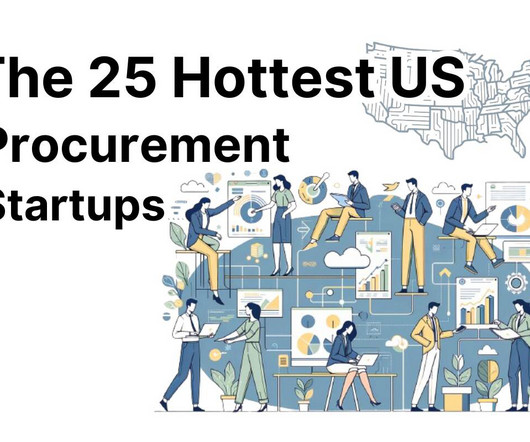Supply Chain News Roundup: Boeing Machinists End Strike – Institute for Supply Management News
Let's Talk Supply Chain
MARCH 2, 2025
In a whirlwind of developments in the world of supply chain management, the latest headlines are buzzing with the news of boeing machinists bringing an end to thier strike. Alongside this, the Institute for Supply Management has also made waves with their latest updates.













Let's personalize your content